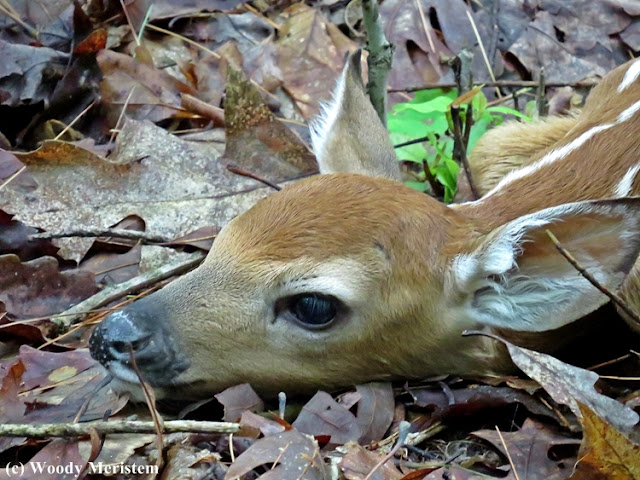By this time of year most species of wildlife
have had their offspring. Some of those young ones are now old enough to face the world
alone – squirrels and chipmunks and cottontail rabbits and great horned owls quickly come to mind. Some species are born later in the year or are
dependent for a longer period.
In the last couple of weeks the camera traps
above the house have gotten videos of some of those young animals and their
mothers. The young ones followed their mothers around: to nurse when they
were hungry; to gradually learn what foods are palatable; where to take shelter
from storms (rain seems to have been unceasing lately); and, hopefully, how
to stay away from danger.
Here are some of those videos: of
spindly-legged fawns and black bear cubs –
Young ones often have to hustle to keep up with their longer-legged mothers and the bear cubs were no exception.
Young ones often have to hustle to keep up with their longer-legged mothers and the bear cubs were no exception.












